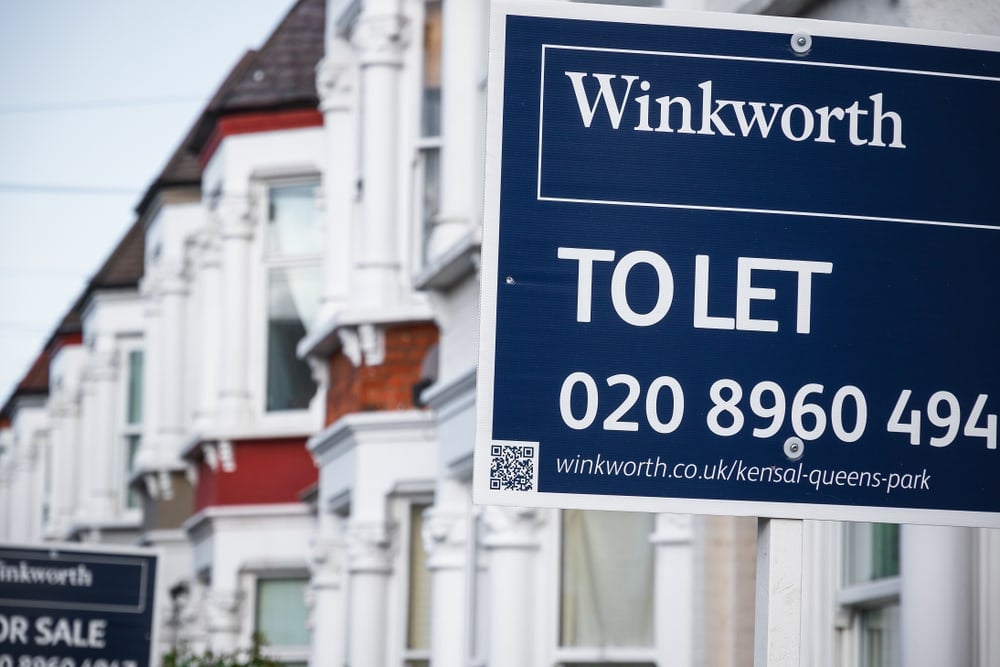A record 39% of buy-to-lets purchased so far this year were in the Midlands or North England, indicating that investors are departing from the South in search of better returns.
This represents an increase from 34% in 2022 when rates started to rise, and 24% in 2007.
Aneisha Beveridge, head of research at Hamptons, said: “Buy-to-let investment is gradually grinding to a halt in some markets where higher purchase and mortgage costs take their toll.
“However, while new landlord purchases remain well below long-term averages, some investors have been looking further afield for new opportunities. One of the main ways landlords are trying to mitigate against higher stamp duty and mortgage costs is by seeking better-yielding and cheaper properties, increasingly in Northern England.
“Based on current trends, 2033 will mark the point at which the bulk of buy-to-let purchases are in the Midlands and North of England, rather than the South. However, this shift could cost the Treasury £161m or a 12% annual fall in revenue due to investors purchasing cheaper properties that come with lower stamp duty bills. This may also have a knock-on impact on rents if supply conditions in the South of England worsen, and where tenants’ finances are already most stretched.”
The North East accounted for 28% of landlord purchases last year, while the region is the only one not to see a decline in purchase since the stamp duty surcharge for investors was introduced in 2016.
The stamp duty surcharge has now been increased from 3% to 5%, which will further affect higher value properties in the South of England.
The average investor buying in the Midlands and North of England paid £150,480 for a new buy-to-let this year, £141,760 or 49% less than a landlord who bought in the South of England for an average of £292,240. This lower property price would save an investor £11,190 on stamp duty costs.
Scotland, where tighter rental regulations and rent caps have been introduced in recent years, has the lowest levels of investment. Here, investors purchased 5% of homes sold this year, half the 10% levels seen a decade ago.
More landlords now keep the rent the same rather than increasing it – 55% of landlords in Great Britain increased the rent when a tenancy was renewed last month, down from a high of 49% in April 2024.
For the last 20 months, rents on renewed tenancies have risen faster than on newly let properties as landlords have tried to pass their higher costs onto tenants and close the gap between what their tenants are paying and open-market rent.
